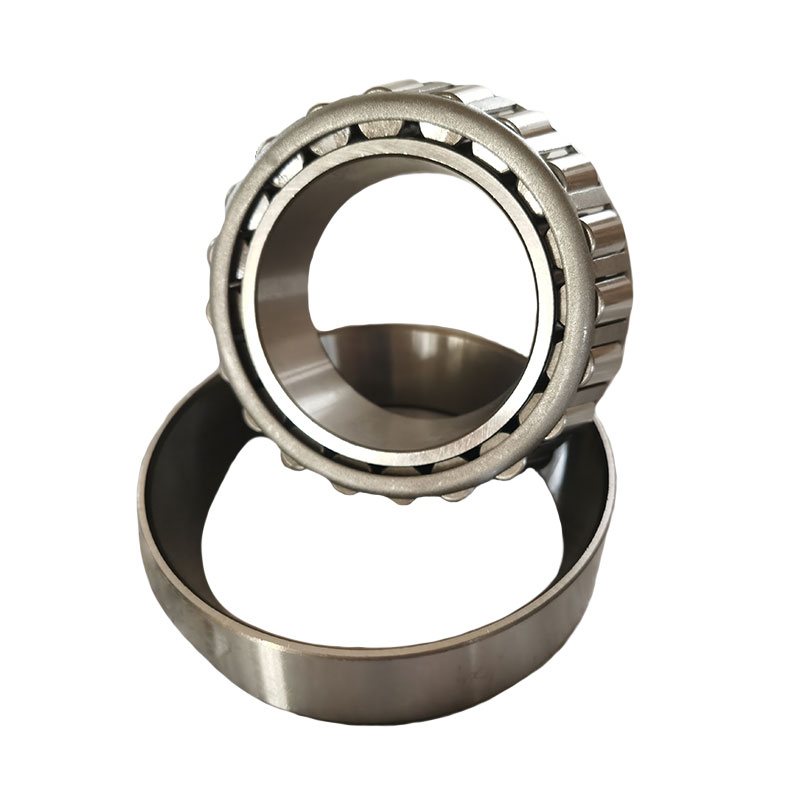Roller bearings are essential components in various machines and mechanical systems. They play a critical role in reducing friction and facilitating smooth motion. In this comprehensive guide, we will take a closer look at rolling bearings, exploring their types, applications, and maintenance practices to ensure optimal performance.

What are rolling bearings?
Roller bearings are mechanical components designed to reduce friction between moving parts while allowing rotational or linear motion. They consist of cylindrical, tapered or spherical rolling elements called rollers that separate the inner and outer bearing races. This design minimizes friction and allows efficient motion.
Types of Roller Bearings
There are several types of roller bearings, each suitable for specific applications:
Cylindrical roller bearings: These have a high radial load carrying capacity and are suitable for applications with heavy radial loads, such as in electric motors.
Tapered roller bearings: Ideal for handling both radial and axial (thrust) loads, commonly found in automotive wheel hubs.
Spherical roller bearings: Designed to handle misalignment and heavy radial or axial loads, often used in mining and construction equipment.
Needle roller bearings: Compact and lightweight, these are suitable for applications with limited radial space, such as in gearboxes.
Roller Bearing Applications
Roller bearings are used in various industries and applications, including
Automobile bearings: In wheel hubs, transmissions and engines.
Industrial Machinery: In conveyor systems, gearboxes and manufacturing equipment.
Aerospace: In aircraft landing gear and control systems.
Construction and Mining: In heavy equipment such as excavators and crushers.
Railroad: In train wheels and locomotives.
Advantages of Roller Bearings
Roller bearings offer many advantages, including
Low friction: Reduced friction ensures energy efficiency and longer component life.
High Load Capacity: Can handle significant radial and axial loads.
Durability: Resistant to wear and tear for extended service life.
Versatility: Available in a variety of designs to suit specific applications.
Reduced vibration: Smoother motion results in reduced noise and vibration.
Bearing Maintenance
Proper maintenance is essential to ensure the longevity and performance of bearings:
Lubrication: Lubricate bearings regularly with appropriate grease or oil to minimize friction and prevent overheating.
Inspections: Periodically inspect bearings for wear, damage or misalignment and replace bearings as needed.
Alignment: Ensure proper alignment to prevent premature wear and failure.
Seals and Shields: Use seals and shields to protect bearings from contaminants and moisture.
Storage: Store replacement bearings in a clean, dry environment to prevent corrosion.
Choosing the Right Roller Bearing
The selection of the appropriate rolling bearing requires consideration of factors such as load type, speed and operating conditions. Consultation with a bearing specialist or manufacturer is often advisable to ensure the correct choice.
Conclusion
Roller bearings are essential to the smooth operation of countless machines and systems in a variety of industries. Understanding their types, applications and maintenance requirements is essential to achieving optimum performance, minimizing downtime and extending the life of these critical components. Proper care and selection of bearings are key to ensuring the efficient and reliable operation of your machinery.
评论
发表评论